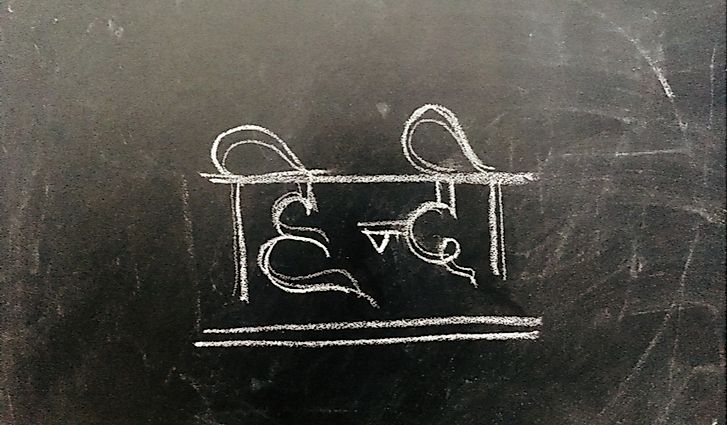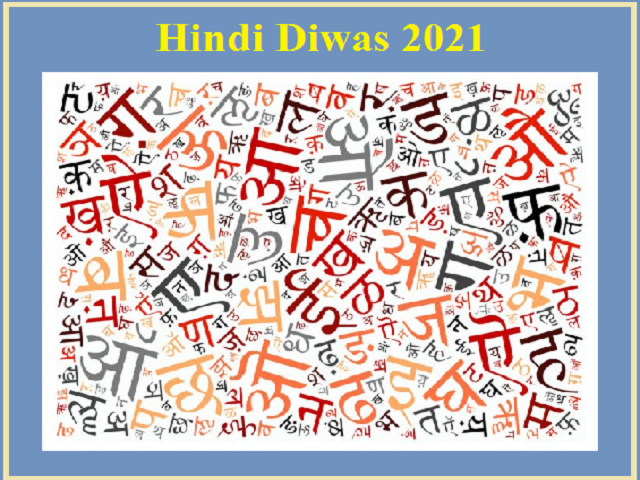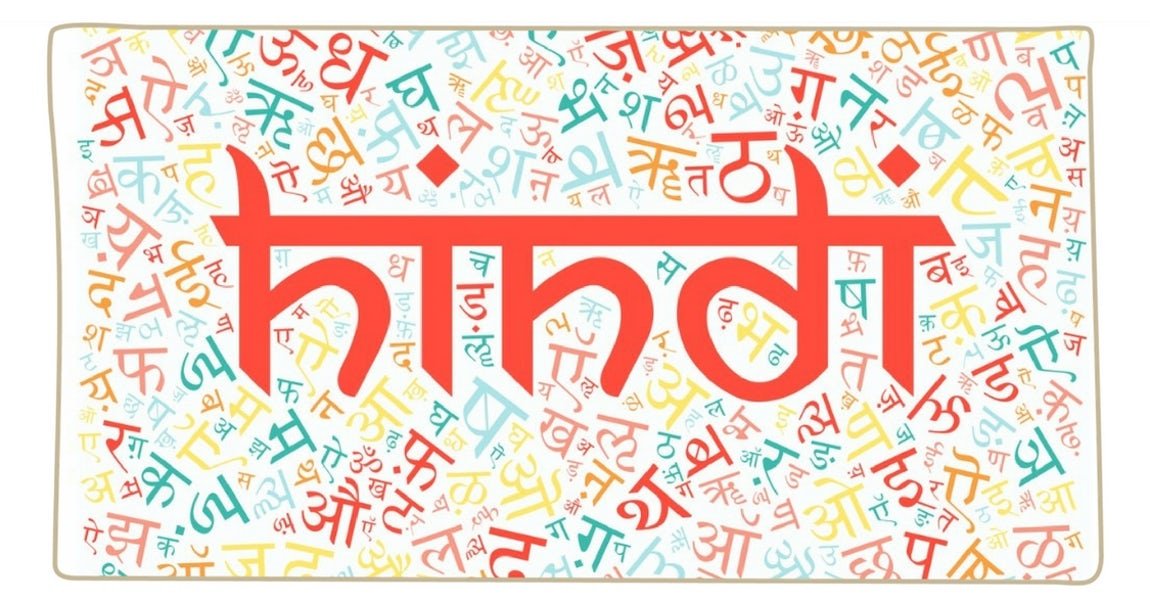

In a decade where “Garibi hatao” was a warcry and mill strikes a favourite communist sport, the appearance of Amitabh Bachchan - replacing Rajesh Khanna’s easy-breezy romantic dominance from the late 1960s to early ’70s- was a Godsend for the average moviegoer who was mostly poor, working class and probably frustrated with the system.

Films of the 1970s echoed this disenchantment and cynicism. The following decade saw social issues like poverty and unemployment taking on centre-stage. Chetan Anand’s Haqeeqat (1964) tenderly captured the battle, with a robust mix of songs, romance and patriotism. The decade began with the grandeur of Mughal-E-Azam but soon, the Sino-Indian war darkened the happy horizon. The Yahoo star had modelled himself on Elvis Presley but the truth is that the 1960s belonged firmly to The Beatles. Bollywood entered the swinging Sixties with the advent of Shammi Kapoor. And movies were doomed to follow in its footsteps. Perhaps, with him the Nehruvian hero had gone, too. (Photo: Express Archive)įrom Mughal-E-Azam’s grandeur to Angry Young Man’s cynicismīy the 1960s, modern India’s hope began to slide and reality crept in. Never to fall for the teesri kasam (third vow), as Kapoor woefully finds out in the eponymous 1966 film. For one, the city’s shifting moralities and sweet deceptions are enticing while for the other it is all maya (illusion) and temptations worth resisting. Dev Anand’s hero, or anti-hero, was overtly Westernised/Hollywoodised while his friend Raj Kapoor’s screen bumpkins retained a sense of innocence and purity.

Take the iconic Shree 420 song ‘Mera Joota Hai Japani’ in which Kapoor’s Tramp claims to wear Japanese shoes, Russian hat and English pants but his heart is still Hindustani. The British may have packed up and gone but the popular nationalistic sentiments remained. All three heroes were products of their society, expressing in their own unique way the social changes sweeping through the country. Interestingly, Dilip Kumar has been dubbed the Nehruvian hero and Raj Kapoor’s cinema reflected social reformation (a strain that continues from the 1940s) while Dev Anand came to exemplify the urban city man at a time when Bombay was emerging as a major economic hub. Broadly, critics have classified their films as “nation-building” efforts. The trio would rule the screens throughout the 1950s, becoming interlinked with the destiny and expectations of a young nation. Spotted by Ashok Kumar, Dev Anand was offered the role of a hero in Ziddi (1948). It was responsible for launching the careers of at least three leading post-Independence stars, Dilip Kumar, Dev Anand and Raj Kapoor. Founded by Devika Rani and Himanshu Rai, the Bombay Talkies was a studio to beat all studios in the studio era of the 1940s. How Dilip Kumar, Raj Kapoor, Dev Anand exemplified Nehru’s Indiaīombay, along with Madras and Calcutta, had the distinction of having the best film studios. The Partition was a traumatic event in the history of the subcontinent, but it was a blessing in disguise for Bollywood as the action from the thriving Lahore film industry in undivided India shifted to the then-Bombay.Īlso read | When Amitabh Bachchan, the lover, lost to Amitabh, the action star: Revisiting Big B’s banner year A still from Shree 420.
#Hindi free
As India gained Independence in 1947, Hindi films moved towards capturing the joyous mood and hopes of a newly free country. One story goes that the British objected to Pradeep’s anticolonial lyrics, but he succeeded in persuading them that the object of his target was not the Crown here but in fact, the Japanese - thanks to a throwaway line from the song. India was still under British rule, whose oppression this Kavi Pradeep-penned number serves to highlight besides, of course, celebrating the nation’s glories with pride and passion. Its hit song ‘Aaj Himalay Ki Choti Se’ best articulated the anxieties of its age. Start with the 1940s, Kismet from 1943 was Bollywood‘s first blockbuster as well as the first to feature an anti-hero in the form of none other than Ashok Kumar. Look no further than Bollywood and its extraordinary evolution down the decades to know how society and politics of the day has deeply influenced the matinée’s trends and themes. Debating whether cinema is a reflection of society or vice versa is like sparring over that old cliché -’Did the egg come first or the chicken?’ Put another way, society is a bigger evil here than cinema.


 0 kommentar(er)
0 kommentar(er)
